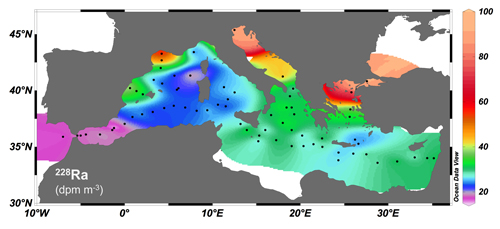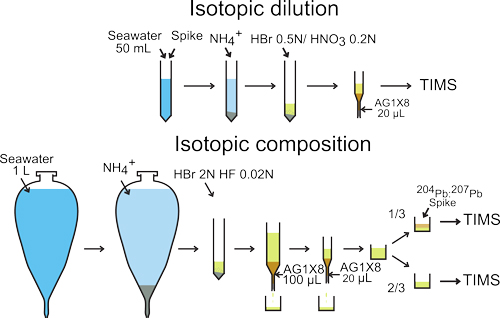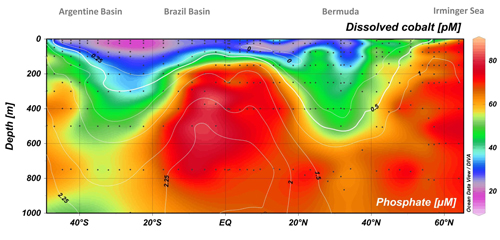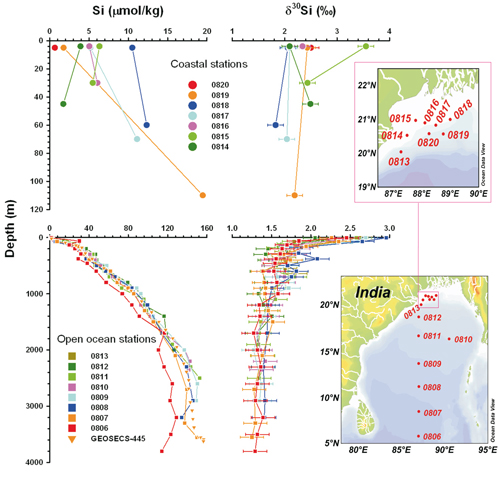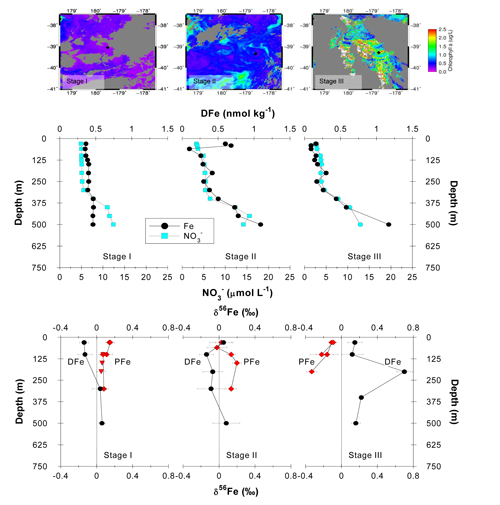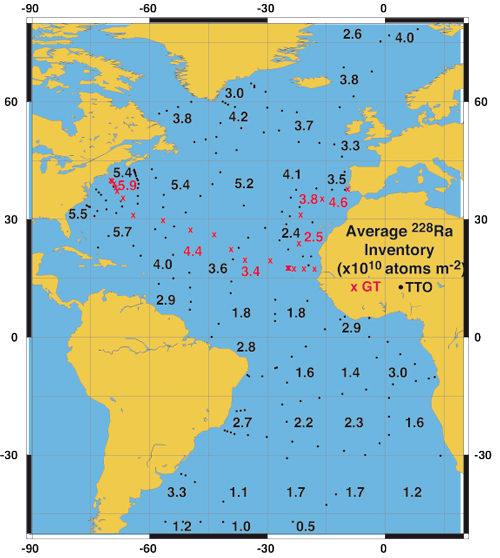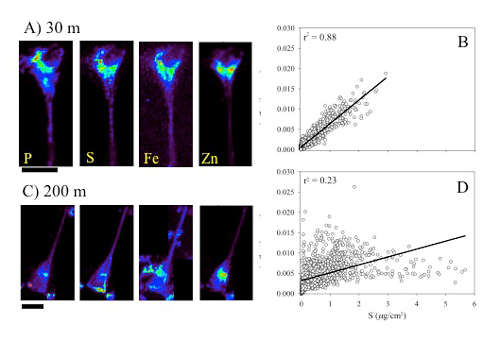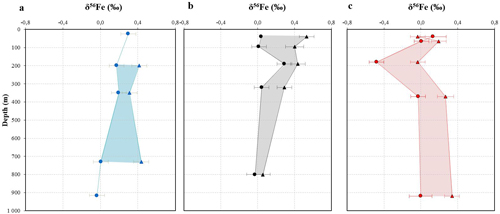Submarine Groundwater Discharge as a major source of nutrients in the Mediterranean Sea
The authors are proposing a radium-228 (228Ra) isotope mass balance for the upper Mediterranean Sea to estimate the magnitude of Submarine Groundwater Discharge (SGD) to this basin. Radium isotopes have […]

